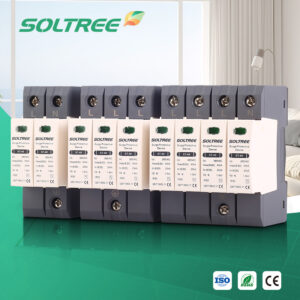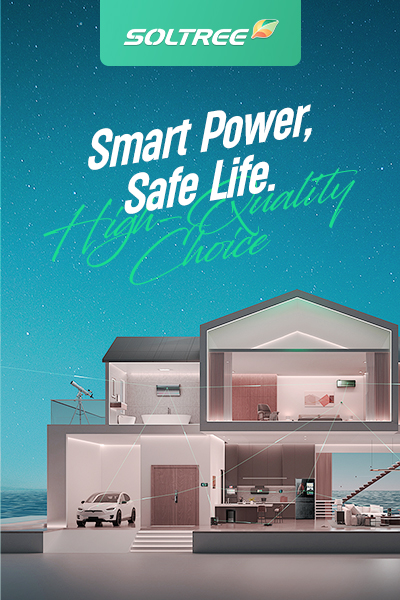Voltage spikes can happen without warning in modern electrical systems, putting homes and businesses at risk of expensive breakdowns.
Surge protection devices (SPDs) protect secondary systems, whereas surge arresters protect primary high-voltage networks. Both protect equipment from dangerous surges, but they do it in different ways.
It can be hard to decide between SPD and surge arrester, especially for homes or companies with delicate equipment. If you know the concepts, differences, and uses of each, you’ll know exactly which one is right for you and why they can both function together to keep you safe.

Surge Arrester vs Surge Protector: Working Principle
Power surges can happen rapidly when lightning or internal faults hit, damaging gadgets and infrastructure.
Surge protection devices (SPDs) move extra energy around in secondary circuits, whereas surge arresters stop and deflect surges in primary high-voltage systems before they get to distribution lines.
What is a Surge Protection Device?
An SPD protects sensitive electronics by acting as a gatekeeper. It uses a Metal Oxide Varistor (MOV) or a Gas Discharge Resistor (GDR) to absorb or send abrupt voltage spikes to the ground, which keeps devices downstream safe.
What is a Surge Arrester?
Surge arresters, on the other hand, protect the entry point of electrical grids. When voltage is normal, they act as insulators, but when surges go over acceptable levels, they quickly conduct, sending hazardous energy away from transformers, substations, or distribution panels.
Surge Arrester vs Surge Protector: Technical Differences
People often get confused since both devices employ MOV technology but are made extremely differently.
Surge arresters use strong gapped MOV blocks to resist high-voltage surges, while SPDs provide monitoring, filtering, and fusing for electronics.
Monitoring Capabilities
SPDs can let people know when something goes wrong inside by sounding an alarm or turning on an indication light. Surge arresters don’t have this feature, thus maintenance personnel have to rely on regular checks.
EMI/RFI Filtering
Some SPDs cut down on radio and electromagnetic interference, which is great for sensitive IT or medical equipment. This feature is not available on surge arresters.
Internal Fusing
SPDs have built-in fusing systems to keep them from getting too full. Surge arresters put raw surge blocking first and leave out other types of protection.
Design and Power Interruption
SPDs use hybrid MOVs that are small and compact, while arresters use larger MOVs with gaps. In serious problems, arresters can stop the flow of current by utilizing a crowbar circuit. SPDs, on the other hand, usually keep passing regular power.
Warranty and Life Expectancy
SPDs can survive for decades and come with warranties of up to five years. Surge arresters only last 2–5 years under typical use, therefore they need to be replaced regularly in areas with a lot of surges.
When Do We Need Surge Protection Devices or Surge Arresters?
One of the worst things you can do is use the improper degree of protection for your machine.
Use surge arresters to safeguard high-voltage main systems like substations and transformers. Use SPDs to protect low-voltage secondary systems like home, office, and industrial electronics.
For instance, an industrial substation might use arresters to keep lightning energy from getting in, while SPDs safeguard sensitive controllers and PLCs that are downstream. SPDs are also important in homes to keep TVs, routers, and gadgets safe from daily problems with the power grid.
Conclusion
Surge protection devices and surge arresters are not competitors; they work together to keep things safe. Surge arresters are the first line of defense against huge surges like lightning that can damage high-voltage systems. SPDs take over in secondary systems, keeping sensitive electronics safe against smaller or leftover surges. Businesses and homes may establish a layered protection strategy that maximizes uptime, lowers maintenance costs, and keeps everyone safe in the long run by using both. Choosing the proper solution depends on the voltage of the system, how sensitive the equipment is, and the environment in which it will be used. Knowing the distinctions between them will help you make a clear and confident choice.



